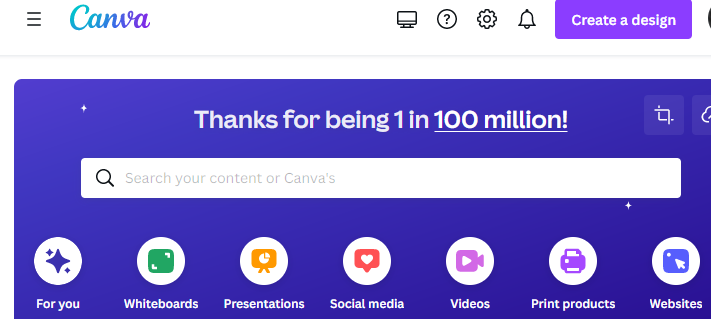An infographic’s most common definition is simply a visual representation of information and data. Combining text, images, diagrams, and, more recently, video, infographics allow data to be presented effectively. Well-done infographics impress with their visual realisation and surprising content. They have a solid source reference that stands up to scrutiny. They convey an immediately recognisable core message thanks to their carefully researched facts. The following example has its source from a Flipped Learning 3.0 Course created in the frame of the project (Further information about Flipped learning 3.0 is available from the project page of the “Flipped Adult Education” webpage).
Flipped Learning 3.0 Infographics (Peter Mazohl)
How to create infographics?
There does not exist a general approach to creating infographics. From our experience, you should prepare some facts and transparent information first. With this material, you may follow the list as mentioned below.
- Summarise the objectives of your infographic.
- Collect data for your infographic.
- Illustrate the data for your infographic.
Hint: You may take photos, but hand-drawn graphics make the product individual. - Design the display of your infographic.
Hint: Use scribbling for the development of your design - Give your infographic its final shape and form.
Recommendation: If you want to use the outcome for learning, you should consider using Backward Design.
We usually create infographics with the web-based tool CANVA.
About the term
The word “infographic” is composed of “information” and “graphic”. An infographic is a graphic, visual representation of information, a depiction of content, data, or knowledge that can be used to present information briefly, easily, and clearly. An infographic uses very little text. It is a powerful tool for displaying data, explaining concepts or context relations, simplifying presentations, mapping relationships, showing trends, and communicating important insights. It allows you to communicate and share data across the web and social media in a compact, intuitive and shareable way. These features are an excellent precondition to use for teaching, training, and learning.
Hint: In the frame of Flipped learning 3.0 infographics can be used as a tool for assessment as well as an assignment for learners in the so-called group learning space.
Visits: 208

